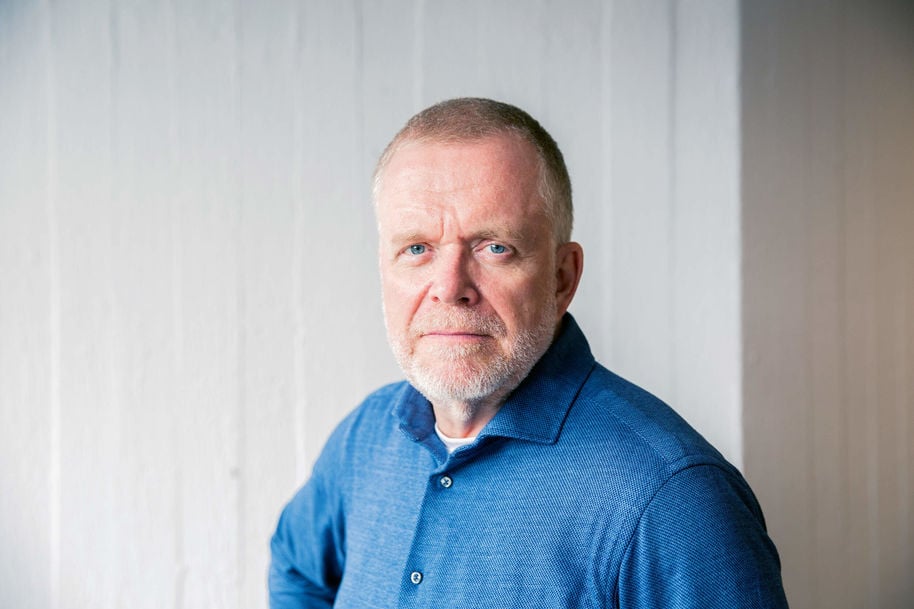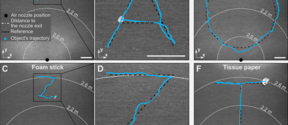Five things policy-makers should know about improving health care

Text: Antti Kivimäki
1. Finland's primary healthcare system is a planned economy
Finland’s primary healthcare system can be compared to the food production of the Soviet Union: there are always shortages and queues.
Primary healthcare gets its money from the budget, which ends up driving things the wrong way. If waiting lists are cleared and the budget is underrun, then next year there’ll be a smaller budget. On the other hand, if the entire budget is spent but healthcare obligations aren’t met, then complaints can lead to more funding the following year.
When we looked at the Tapiola health centre, we found that doctors spent only 48% of their working time on patient care. That included patient-related work without the patient present, like writing reports and other administrative tasks – so over half of their working time wasn’t related to patients.
Pay in healthcare centres is based on hours worked rather than patients treated, which gives doctors no financial incentive to work efficiently.
2. Primary healthcare should act like a business
Private healthcare providers pay doctors according to the number of patients they see. That means it’s not worth using their working time inefficiently.
Money should follow the patients. The more patients are treated, the more money the unit should receive.
In companies, operations aren’t governed by the budget but by the profit and loss account and the balance sheet. If money is saved in a given year, the profit increases and the balance sheet grows. The money can be carried over to the following year or distributed as bonuses to employees and dividends to owners.
Management is responsible for the results. If a manager fails to meet performance targets, they can be fired.
This doesn’t mean that public health care should be privatized. But it should operate internally like a business. For example, healthcare centres could be run as state-owned limited companies.

3. Training more doctors is not the solution
One solution that’s offered for the shortage of doctors is to train more doctors. But that won’t solve the problem. There’s sufficient workforce in the Finnish healthcare sector, but the work is organized inefficiently.
OECD statistics show that Finland has fewer patient visits per doctor than average – around 1,000 per year. If there were more doctors in healthcare centres, they would spend less and less of their time treating patients.
Healthcare centres could be made more efficient in several ways, such as improving their management, information systems and appointment booking. But these adjustments won’t be of much use if the system itself doesn’t encourage efficiency.
Of course, there are also efficiently run healthcare centres on the public side, and many employees are efficient even if the incentives aren’t there. There’s a lot of variability in how efficient things are in the public sector.
4. National health insurance would be the most viable option
In France, Canada and Taiwan, healthcare is financed through national health insurance. This is the most viable approach – indeed, Taiwan's system was developed at the suggestion of Harvard health economist Willian Hsiao in the 1990s.
In Finland, Kela would be the natural choice as a health insurer. Everyone would pay a certain percentage of their salary as a healthcare contribution. You would show your Kela card at a hospital or healthcare centre, and Kela would pay the bill.
The system works like insurance: everyone gets the care they need, regardless of how much they can afford to pay. The state would pay the premium for people in the lowest income brackets.
The advantage of national health insurance is transparency. If more money is needed for healthcare, the healthcare contribution taken from salaries can be increased. Healthcare funding would come directly from this rather than from the overall state budget.
Healthcare centres and hospitals would be incentivised to be more efficient: they would receive money according to the number of patients they see.
5. Effectiveness should be measured at the population level
A system always delivers what it’s rewarded for. Increasing the number of patient visits from the current level is a good goal, but rewarding this can also lead to problems. We might end up with a system that admits many patients but produces few results or, in the worst case, does lots of unnecessary operations.
Instead of maximising the number of treatments, the aim should be to measure effectiveness, which means seeing how much people's well-being improves.
Effectiveness should be assessed at the level of the Wellbeing Service County. Evaluating an individual doctor’s performance leads to the wrong incentives. It encourages people to avoid patients with a poor prognosis and prefer easy patients instead.
The Wellbeing Service Counties aren’t identical. For example, the populations in Helsinki and North Karelia differ in terms of their basic health, age structure and education level. That means that the healthcare system’s effectiveness shouldn’t be judged based on the wellbeing of the population but by its accomplishments relative to the population’s baseline health. Healthcare economists and other experts are needed in order to make these impact assessments.
Good care with fewer resources - a virtual care operator streamlines the patient journey for people with multiple and long-term conditions
The MASSE project has created the design principles for a system that will improve the efficiency of care, especially for chronic and multimorbid patients who use healthcare services the most.

- Published:
- Updated:
Read more news

Aalto University's Wood Program 30th anniversary project to Kuhmo Square
Every year, Aalto University students specialising in wood architecture carry out a Wood Program project. In the 30th anniversary year of the program, the City of Kuhmo is the partner. The project will be a stage and a platform on Kuhmo's main square.
Call for doctoral student tutors, June 2024
Sign-up to be a tutor for new doctoral students as part of the Doctoral Orientation Days 5-6 June 2024!
Scientists harness the wind as a tool to move objects
New approach allows contactless or remote manipulation of objects by machines or robots.